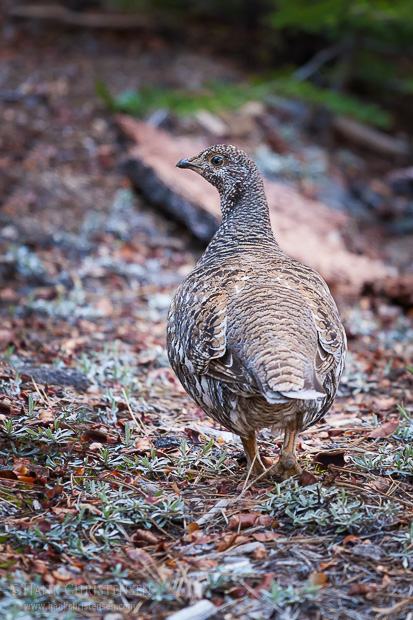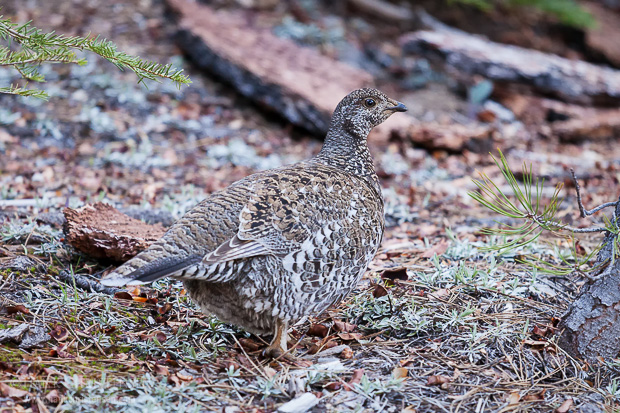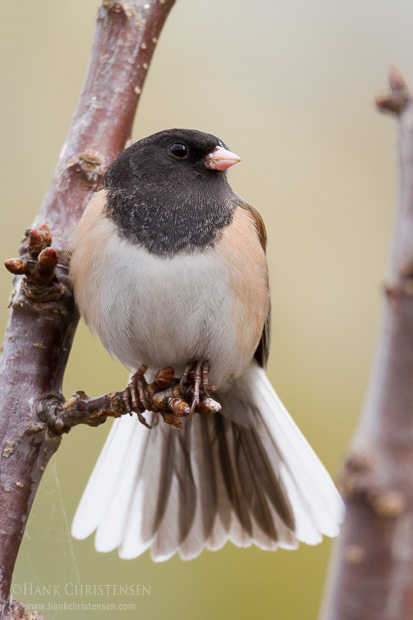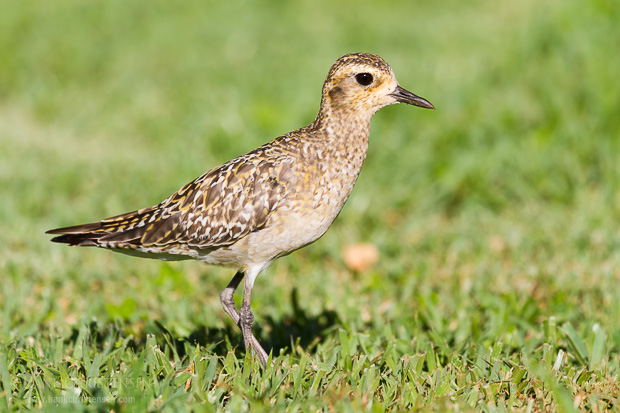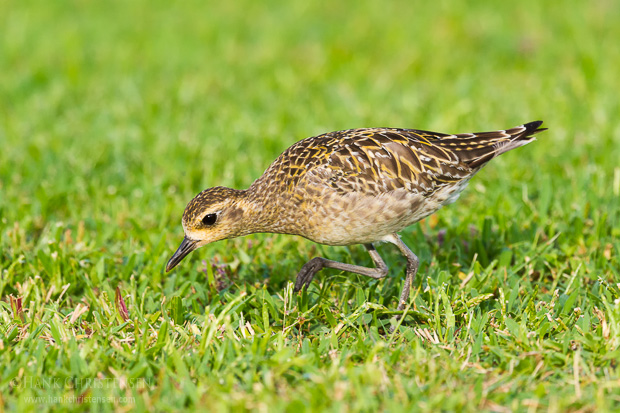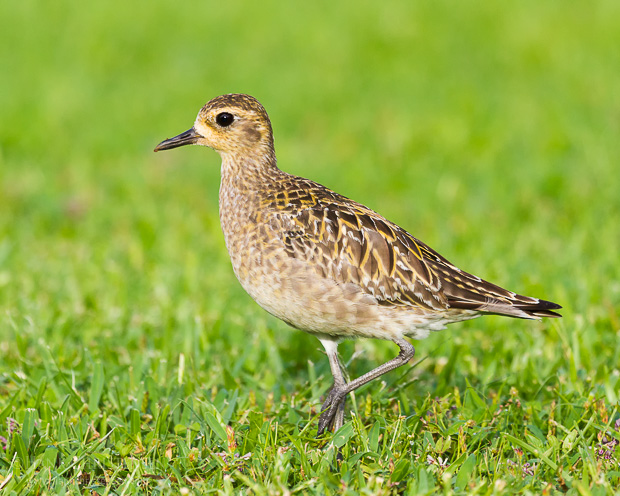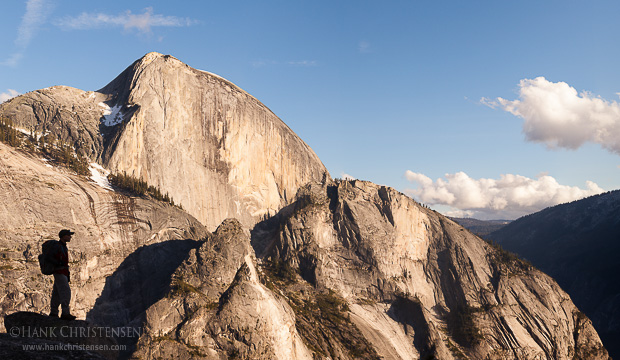
I created this photo on a backpacking trip a few weeks ago. I set out with a couple of friends, Frans and Mark, and our three day plan was to hike along the northern rim of Yosemite Valley from Snow Creek to Yosemite Falls.
I knew our best photo opportunities would likely be on the first evening. Snow Creek is located along the rim of Tenaya Canyon, directly across from the face of Half Dome. I had been here once before, and ever since that trip I had been visualizing the photos that I wanted to create there.
Primary on my list was a shot of a backpacker with the face of Half Dome looming high above. Half Dome is most famously viewed from the side, as most photographs of it are taken from the perspective of Yosemite Valley. In order to be successful, this photo had to have a few specific characteristics.
First of all, I knew I needed to use a long lens. I wanted to render the backpacker fairly large in frame, but also render the dome as large as possible. This meant that I needed to be close to the hiker and stack the layers of depth on top of one another, so that both near and far subjects would be large in the photo. Had I used a wide angle, the dome would be much smaller than in my vision.
Secondly, I wanted to shoot this in late afternoon with clear skies to the west. When the sun sets, its light moves all the way up Yosemite Valley and strikes the face of Half Dome, giving it a warm orange glow. On this particular day, I could have done with some clouds to the south and east, so that I’d get a little sky interest, but I worked with what nature gave me.
One thing I didn’t think about beforehand was the fact that the plateau from which I was shooting would be completely in shadow. This meant that in order to properly expose the cliff face, the backpacker would be too dark to clearly see details. After some experimentation, I decided to go with high contrast and render the backpacker as a detail-less graphic silhouette. I think this works very well in the final image, as it creates more emotional impact for the viewer. Those who travel this nation’s back country can easily see themselves standing in the photo, experiencing a glorious sunset.
Mark and Frans graciously volunteered to be my models, and I ended up choosing this photo of Mark as my favorite. In order to add more of the scene, I took additional photos of Half Dome and stitched them to the first shot to create a panorama. This really completes the scene, showing the entire cliff from which Half Dome emerges. We had a great (and cold) three days in the wilderness, and as I suspected, the photos I took from Snow Creek ended up being my favorites.

